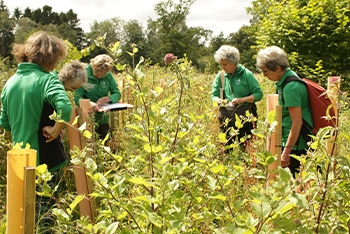Flower Power
By Stephanie Boxall - Flora Survey Team Volunteer
When I saw the advert calling for Flora Survey Team volunteers at Westonbirt, I jumped at the chance to apply. I’m not a scientist; I’m a journalist with an arts background. But I love the natural world and, having written a magazine piece about the folk names of wildflowers, I was keen to deepen my knowledge.
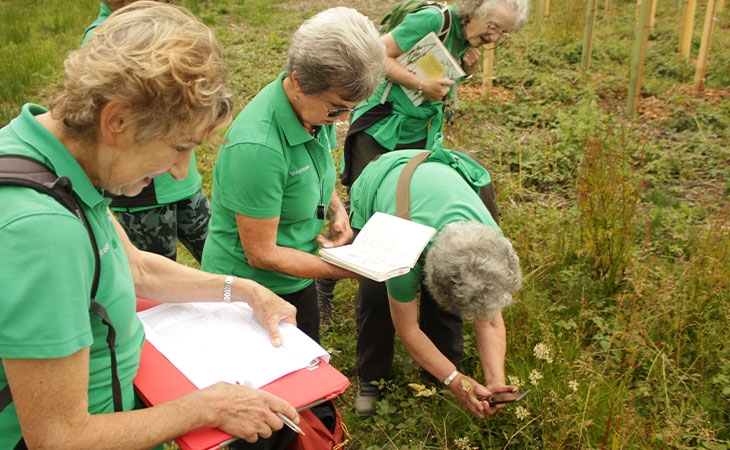
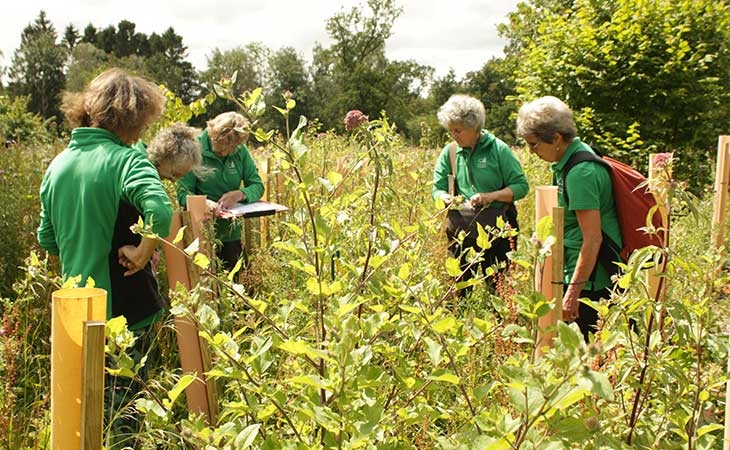
I’ve been at Westonbirt for a year now and it’s been a steep learning curve. Last year went by in a blur: I thought I knew a lot of wildflowers, but, as the year went on, I realised just how many I didn’t know. And it’s not enough to be able to distinguish between different flower heads; you need to know the leaves and leaf patterns, the petals, sepals, stamens and stalks of each plant. Who knew that some stalks had ‘corners’? Not me. And that’s not to mention the grasses, sedges and rushes…
On the Flora team we get involved in various activities: monitoring the Key Management Species, such as the Bee Orchid (Ophrys apifera), Spreading Bellflower (Campanula patula) and Violet Helleborine (Epipactis purpurata); doing site walks to identify which other species come up each year; and participating in site surveys for the Downs and the Silk Wood Community Planting Project (SWCPP).
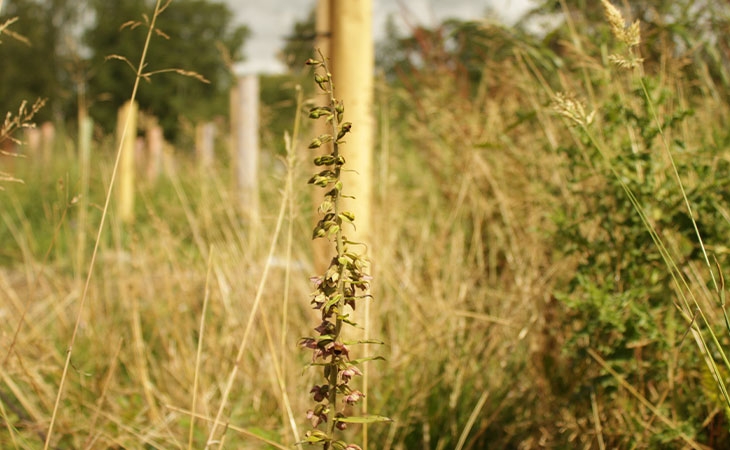
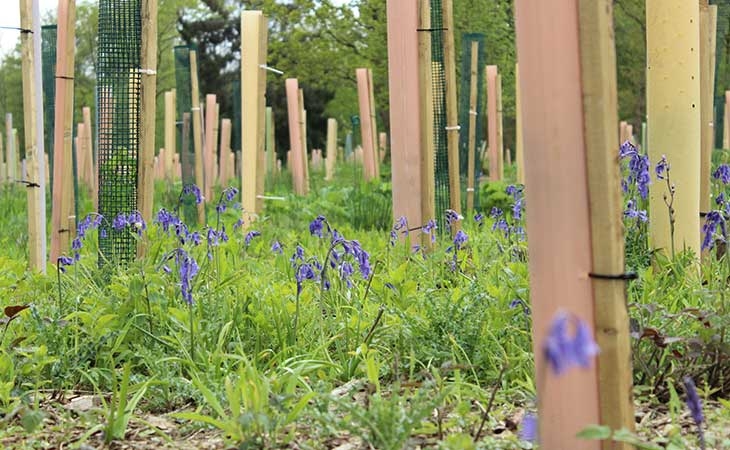
The SWCPP centres on areas of Silk Wood which have been cleared because of ash dieback and replanted with other native tree species. The aim is to plant 9,000 trees by April 2026, and it’s important to know how these activities affect the ground flora because, of course, everything is connected.
On my first day back this year I took part in one of these surveys and, over two consecutive days in five key areas, members of the Flora team joined members of the Project team to identify which plant species were coming through. There is a lot of solid botanical knowledge within the team, and we all help each other, sometimes with the help of field guides or Apps when something isn’t clear.
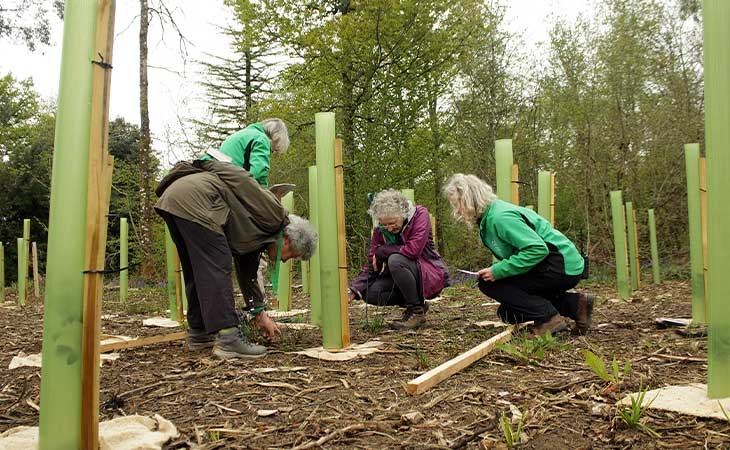
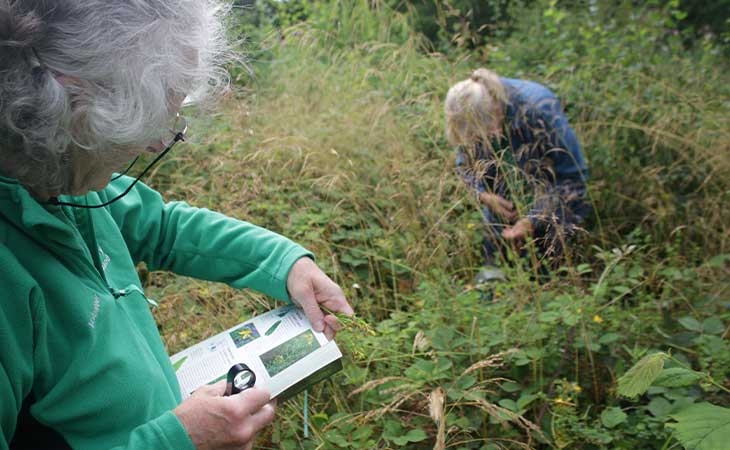
This year, we identified more than 80 species of wildflowers, ferns, tree seedlings, sedges, grasses and rushes. Silk Wood has been classified as Ancient Woodland (meaning it has been in continuous existence since before 1600) and at least 20 of these are Ancient Woodland Indicators, which is an encouraging sign. These included Figwort (Scrophularia nodosa), Water Avens (Geum rivale), Meadow Saffron (Colchicum autumnale) and a Broad-leaved Helleborine (Epipactis helleborine).
This information will be compared with figures from previous and future years, and, over a period, clear patterns will emerge. And, as well as being useful for Westonbirt, our data for the whole Arboretum is shared with the Botanical Society of Britain and Ireland (BSBI) and contributes to a countrywide picture of wildflower diversity.
Just being at Westonbirt, among all the magnificent trees and surrounded by nature in all its forms, is such a joy – even when it rains. After all, “There’s no such thing as bad weather, only the wrong clothes”, right? And my plant ID skills will improve with time. Meanwhile, it’s such a fabulous place in which to learn.
View all the flora survey results on our interactive map here...
